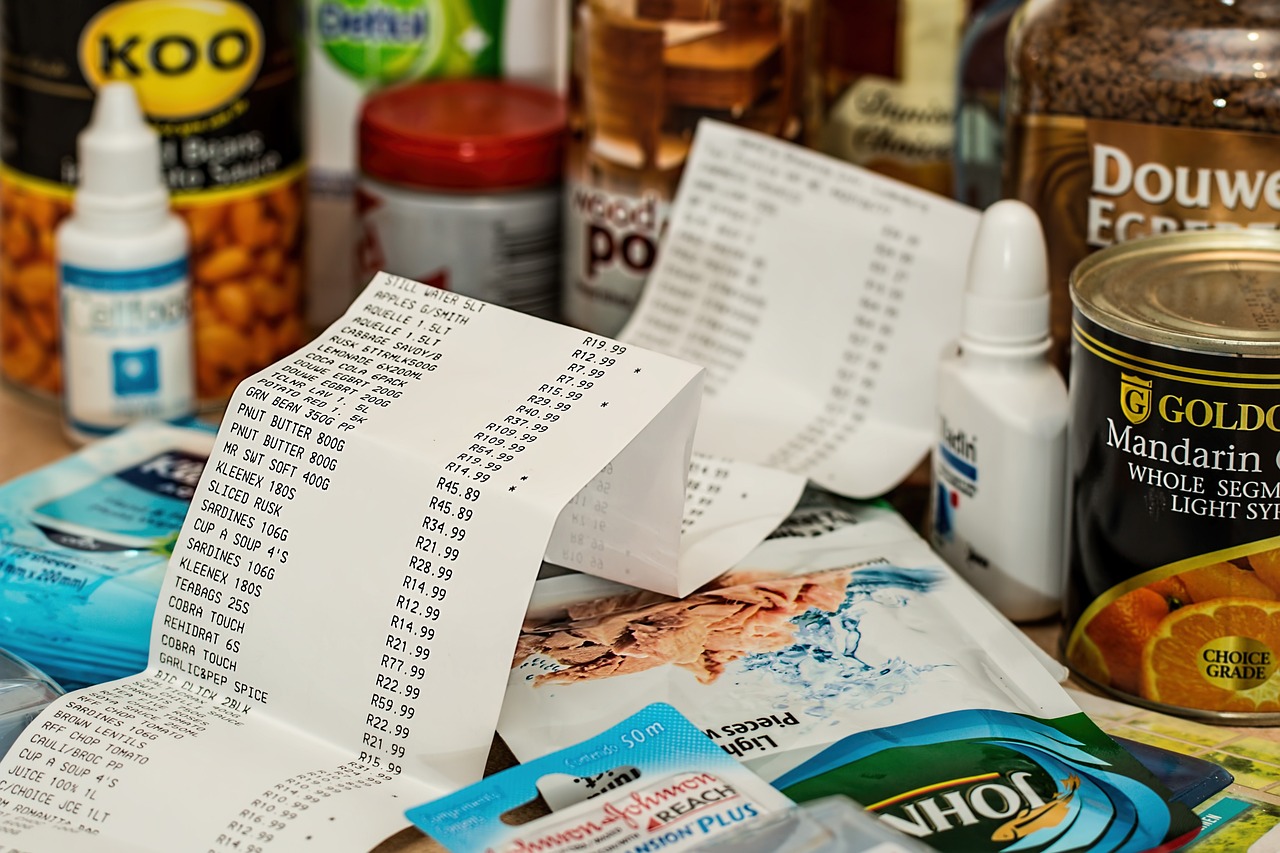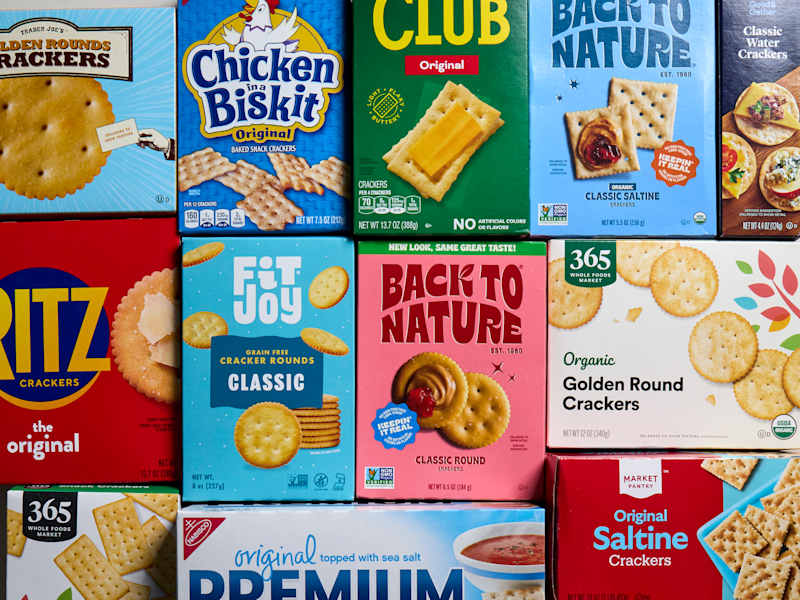
Nourishing Resilience: Families’ Survival Tactics During the Great Depression

The Economic Strain of Today: A Reflection on the Great Depression
The Great Depression, which spanned from 1929 to 1939, was one of the most challenging economic periods in American history. With unemployment rates soaring to an astonishing 25%, families were forced to maximize their resources, improvise in the kitchen, and adopt a frugal mindset. Food wastage was virtually nonexistent, and meals were crafted based on affordability, availability, and sustainability.
Fast forward to 2025, and once again, Americans are grappling with the rising costs at grocery stores. Factors such as tariffs, inflation, supply chain disruptions, and extreme weather conditions have led to skyrocketing food prices, turning even basic staples into luxury items for many households.
The Current Grocery Crisis: Understanding the Price Surge
In 2025, the grocery aisle continues to shock consumers with its inflated prices. A dozen eggs, which previously cost around $1.50, now averages over $4.25 nationwide, with prices in states like Hawaii and Alaska exceeding $12. Similarly, a gallon of milk has become a costly purchase, surpassing $6.50 in many urban areas, and some specialty brands are nearing the $8 mark. To add to the financial burden, wages have not kept pace with the relentless inflation, leaving many families feeling the squeeze.
In response to these challenges, many American families are turning back to the resourcefulness reminiscent of the Great Depression. They are baking their own bread, cultivating herbs and vegetables in window boxes or backyard gardens, and utilizing every bit of food to stretch their budgets further.
Lessons from the Past: How Families Survived the Great Depression
During the Great Depression, families employed various strategies to feed themselves amidst scarcity. Here are some key tactics they utilized:
1. Resourcefulness and Creativity
Families had to be extremely innovative to make their food supplies last. Here’s how they managed:
-
Eating What Was Available: Families focused on what they could grow, hunt, or trade. Those with gardens could sustain themselves, while city dwellers relied on inexpensive staples like bread, potatoes, and beans.
-
Minimizing Waste: Every part of an animal was utilized—bones for broth, fat for cooking, and stale bread repurposed into bread pudding. Overripe fruits were transformed into jams.
-
Making Substitutions: With butter being costly, alternatives like lard or bacon grease were used. Sugar was also expensive, prompting the use of molasses, honey, or boiled-down corn syrup.
-
Buying in Bulk and Rationing: Families who could afford it purchased flour, rice, beans, and potatoes in bulk to last through tough times.
-
Community Support: Neighbors shared meals and resources, and soup kitchens provided essential support to those in dire need.
2. Grocery Essentials of the Time
Here’s a look at some staple items that families relied on during the Great Depression:
- Cheap Staples:
- Flour (for baking bread and biscuits)
- Cornmeal (for cornbread)
- Rice (an affordable base for many meals)
- Beans (a budget-friendly protein source)
- Potatoes (versatile and filling)
-
Oats (for porridge)
-
Proteins:
- Eggs (often sourced through trade)
- Canned meats (like Spam)
- Home-raised chicken
-
Peanut butter (nutritious and economical)
-
Vegetables and Fruits:
- Cabbage, carrots, onions, and seasonal apples
-
Dried fruits for baking and rehydration
-
Dairy and Baking Essentials:
- Powdered and evaporated milk
- Baking powder and yeast
- Cheaper sweeteners like molasses
Affordable Recipes from the Depression Era
1. Poor Man’s Soup
A hearty soup utilizing whatever vegetables are available.
Ingredients:
– 3 large potatoes, diced
– 2 carrots, sliced
– 1 onion, chopped
– 1 cup cabbage, chopped (optional)
– 1 can of tomatoes (or fresh if available)
– 1 tsp salt
– 4 cups water
Instructions:
1. Combine all ingredients in a large pot with water.
2. Bring to a boil, then reduce heat and simmer for 45 minutes.
3. Serve with homemade bread or cornbread.
2. Depression-Era Cornbread
Simple and filling, this cornbread is a great way to stretch meals.
Ingredients:
– 1 cup cornmeal
– 1 cup flour
– 1 tbsp sugar or molasses
– 1 tsp salt
– 1 tbsp lard or bacon grease
– 1 cup milk (or water with vinegar)
– 1 tsp baking powder
Instructions:
1. Preheat oven to 375°F.
2. Mix dry ingredients in a bowl.
3. Add lard and milk, stirring until combined.
4. Pour into a greased pan and bake for 20 minutes.
3. Mock Apple Pie
A creative recipe that uses crackers instead of apples.
Ingredients:
– 1 sleeve of saltine crackers
– 2 cups water
– 1 cup sugar
– 2 tbsp lemon juice
– 1 tsp cinnamon
– 1 pie crust
Instructions:
1. Preheat oven to 350°F.
2. Boil water, sugar, lemon juice, and cinnamon together.
3. Break crackers into the pie crust and pour the mixture over them.
4. Top with another crust and bake for 35 minutes.
Timeless Lessons from the Great Depression
The strategies employed during the Great Depression hold valuable lessons for today’s consumers dealing with rising prices. Consider incorporating these practices into your routine:
- Grow Your Own Food: Even a small garden can significantly reduce grocery bills.
- Cook from Scratch: Homemade meals are generally more economical than processed foods.
- Utilize Every Bit: Make use of food scraps, save bones for broth, and repurpose leftovers.
- Buy in Bulk: Purchasing staples in larger quantities can often save money.
- Get Creative: Use substitutes for ingredients you may not have on hand.
Conclusion: Resilience in Hard Times
The Great Depression was an era of considerable hardship, yet families demonstrated remarkable ingenuity and resilience. They made the most of what they had, shared resources within their communities, and found ways to sustain themselves with minimal waste.
Although the world is different today, the core principles of resourcefulness, community support, and frugality remain relevant. Whether you aim to cut costs, reduce waste, or simply learn from the past, these Depression-era strategies and recipes can provide valuable insights for navigating financial challenges in the modern age.








